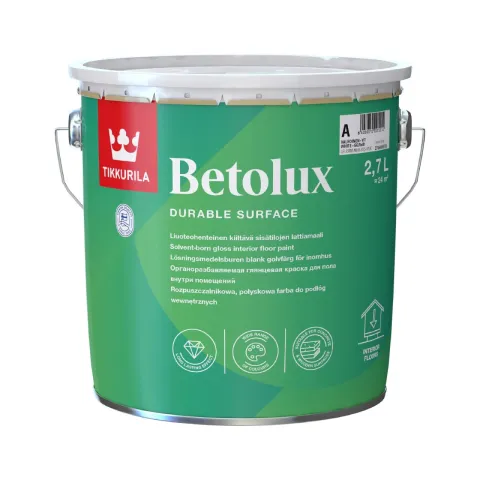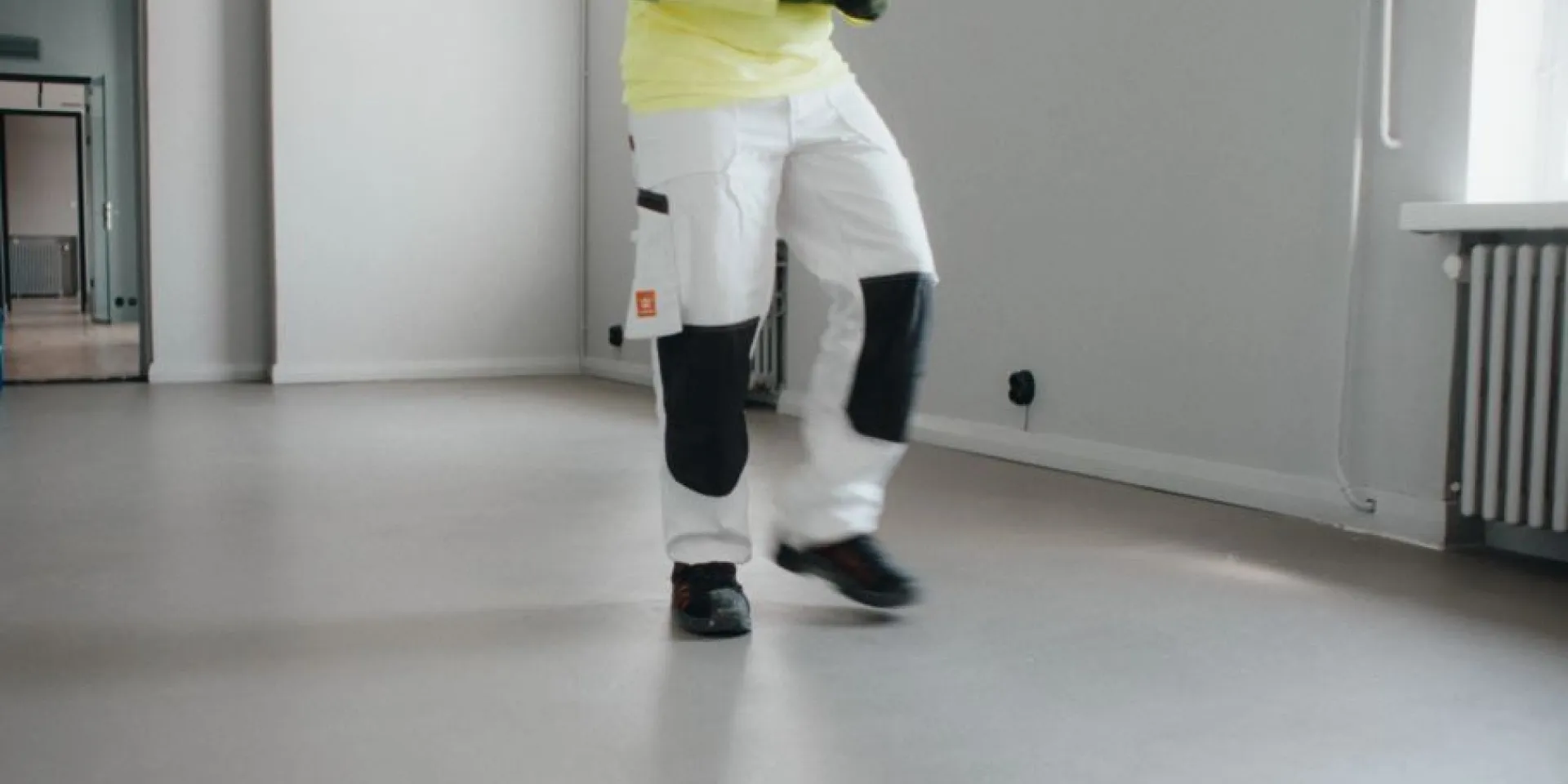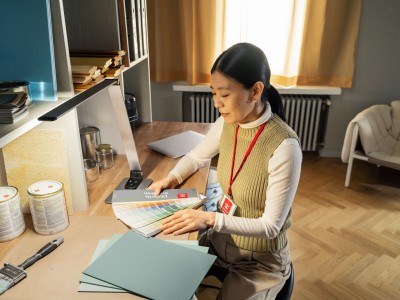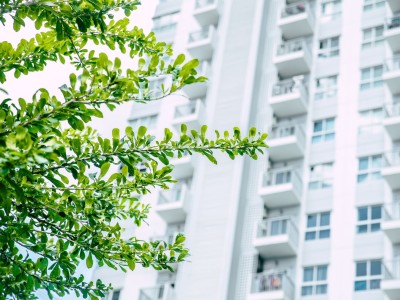You’re visiting Tikkurila website from United Kingdom. Would you like to visit the local UK site?
How to choose between water-borne and solvent-borne paints?
Everything you need to know about water-borne and solvent-borne paints.
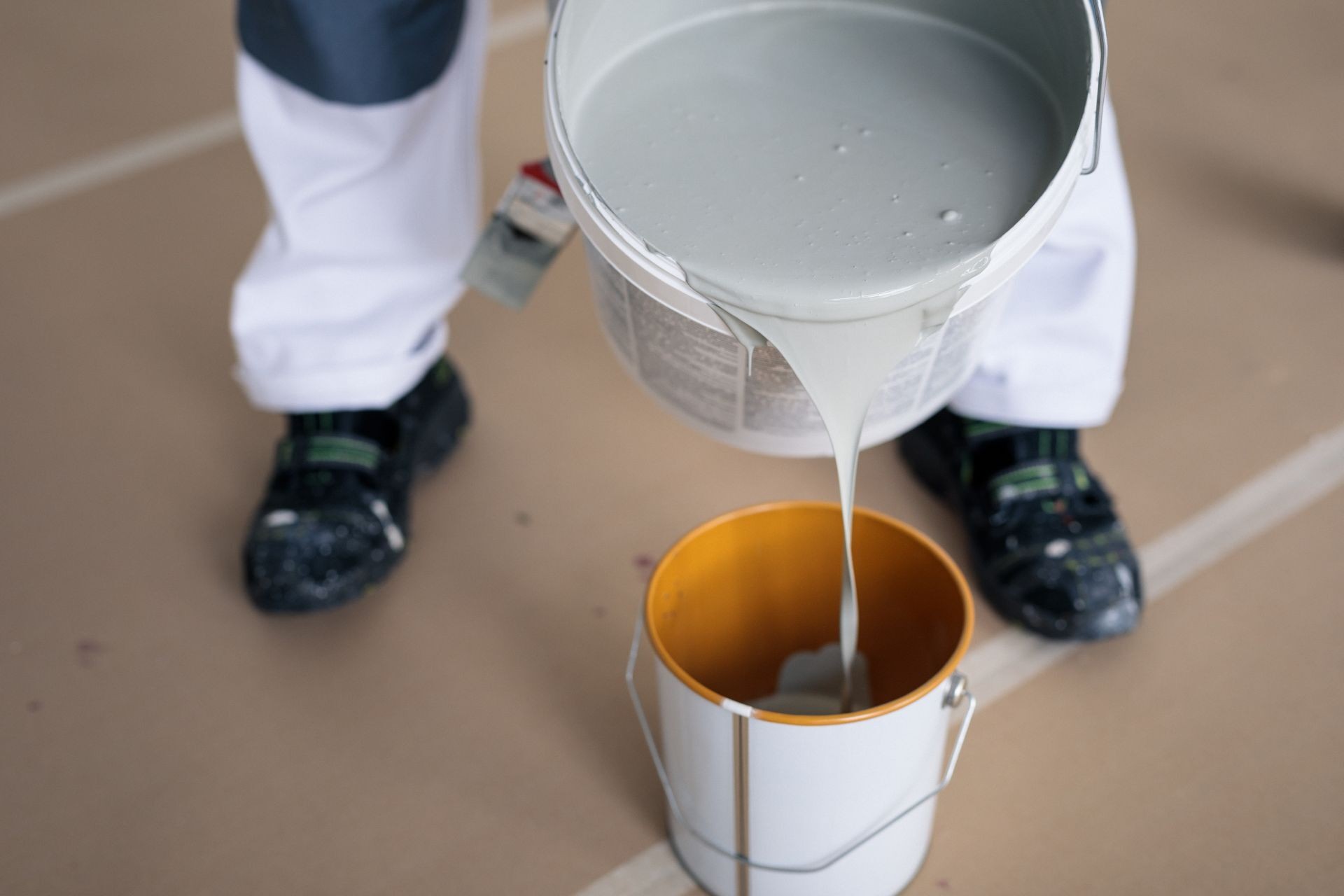
Half a century ago, almost all paints were solvent-borne. Solvent-borne paints contain higher levels of organic compounds that facilitate application, drying and the formation of a durable, regular paint film. On the negative side, when these compounds evaporate, they release Volatile Organic Compounds (VOCs) into the atmosphere, resulting in a strong odor and toxic impact on the environment: VOC emissions are known to increase ground-level ozone formation and to enhance air pollution, for example. Solvents are also flammable and explosive, which is a hazard in both storage and use.
Stricter environmental regulations and customer demands have required paint manufacturers to dramatically reduce the levels of VOCs in their paints. Especially in Northern Europe, professional painters and decorators have played a key role in the sector’s environmental work. Now, water-borne paints are in many ways equal, or superior to their solvent-borne counterparts. Water-borne products dry fast and are nearly odorless. They are also better for your health, because almost only water evaporates from them.
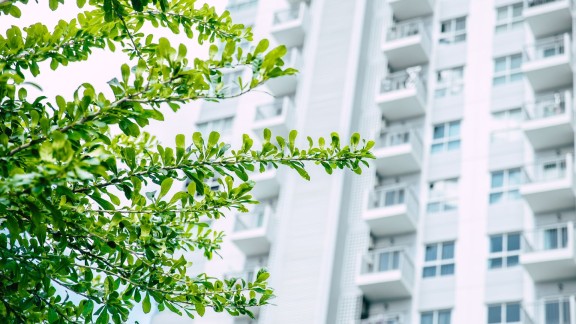
Most Tikkurila paints are water-borne
We actively develop and continuously expand water-borne products that have as low an environmental impact as possible. Our low-emission, water-borne paints are manufactured from high-quality raw materials, and the product properties are ensured with a thorough set of field and laboratory tests.
Arguments for using water-borne products
Let's observe all arguments for using water-borne products
Better for the environment
The thinner of water-borne products is water, which is the safest choice in terms of both the environment and the painter. Especially during painting, the water-borne paints have smaller environmental impact compared to solvent-borne paints.
Easy and safe to use Water-borne paints dry quickly
They are also better for the health, because almost only water evaporates from them. No odor and short drying times make them easy to use. Thanks to low emissions, the quality of indoor air remains better and the allergy risks lower.
Easier to clean your tools
Waterborne paint makes it easier to clean the tools. Just dip the brushes into water or a tool cleaner substance, such as Tikkurila Pensselipesu Tool Cleaner [substitute with local brand name], let them soak for a moment, remove excess paint with a paper towel or piece of newspaper and rinse the brushes out in water.
Longer maintenance intervals
Tikkurila's water-borne products have been proven to be of high quality and durable against the sunlight – better than ordinary solvent-borne products. When used as instructed, water-borne products enable long maintenance painting intervals. A surface painted with a solvent-borne product can be maintenance painted with a water-borne product.
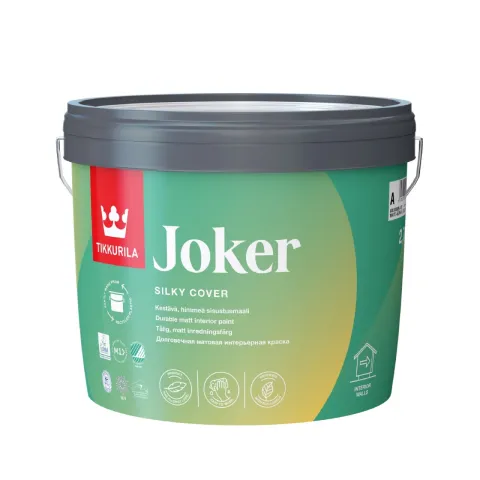
When to use solvent-borne products?
Let's find out when it's better to use solvent-borne products
High humidity conditions
Solvent-borne products are less susceptible to environmental conditions such as temperature and humidity during the curing phase. Humidity can prevent the water in a water-based coating from evaporating, making them impractical in some climates.
Access to cold storage only
Water-borne paints freeze at subzero temperatures, just like regular water. If you store your paint in an unheated facility during the colder months, there's a good chance that freezing will ruin the consistency and texture of the paint. Solvent-borne paint doesn't freeze as easily, so cold storing is possible.
Surfaces subjected to hard wear
Two-component, solvent-free epoxy paints are best for concrete floors in garages, laundry rooms, public spaces and other spaces where surfaces are subjected to hard wear. Epoxy floor coatings offer durable surfaces able to withstand heavy loads and continuous traffic – properties that water-borne alternatives cannot yet provide.
Historic preservation sites
Old buildings are often maintained and supervised by heritage organisations and may require using traditional methods and products, such as linseed oil.
